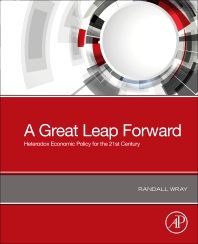
Publications
Long-Term Trends in the Levy Institute Measure of Economic Well-Being (LIMEW), United States, 1959–2004
The motivation to construct the LIMEW in lieu of relying on the official measures of well-being is to provide a more comprehensive measure of economic inequality that will also show the disparities among key demographic groups. The authors of this new working paper show that the LIMEW provides a perspective on disparities among population subgroups that differs from the official measures, as well as differing time trends. For example, according to the LIMEW, there has been an almost continuous improvement in the relative well-being of the elderly, which were 9 percent better off than the nonelderly in 2000 because of greater income from wealth. Moreover, the principle factor behind the increase in inequality over the 1959–2004 period was the rising contribution of income derived from nonhome wealth.

